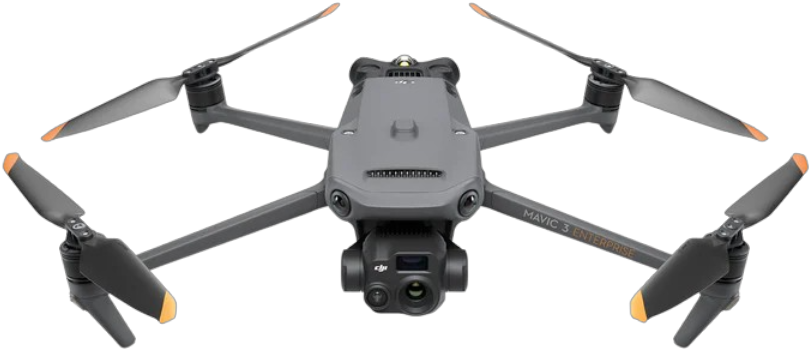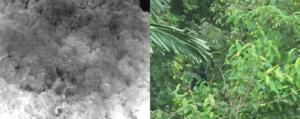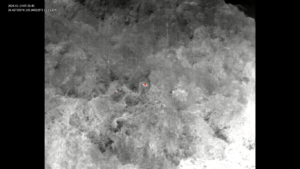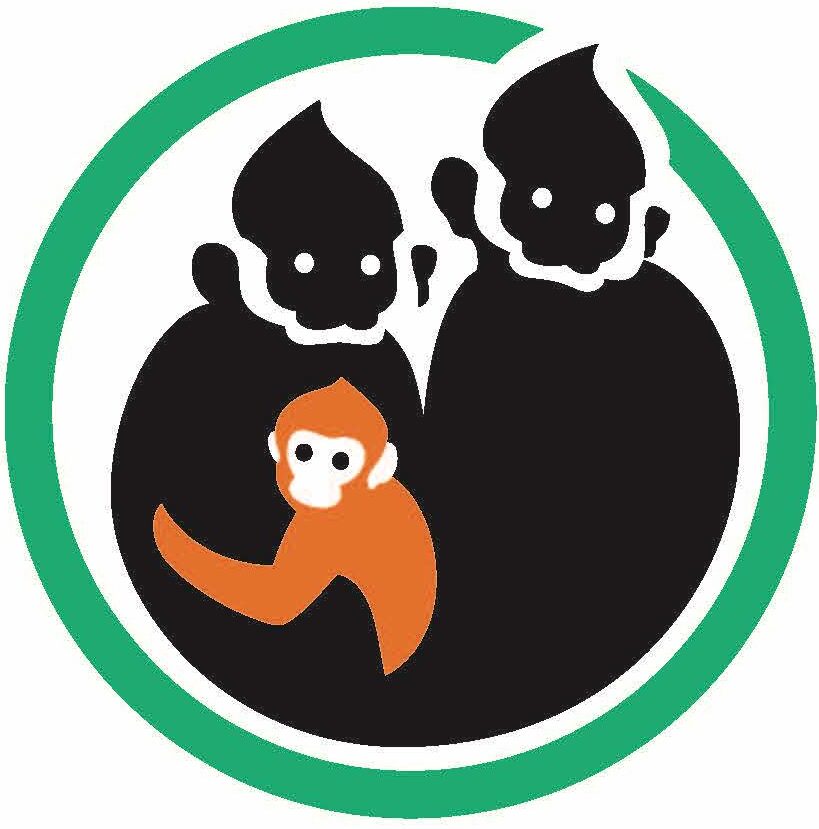In the world of wildlife conservation, innovative technologies are transforming how we study and protect endangered species. At the forefront of this revolution is the use of unmanned aerial vehicles (UAVs), commonly known as drones. Three Monkeys Wildlife Conservancy is leading the charge, utilizing the cutting-edge DJI Mavic 3 Thermal (Mavic 3T) to enhance primate detection and conservation efforts.

Primates, particularly those in dense and rugged forest habitats, pose significant challenges for traditional survey methods. Species like the critically endangered Delacour’s Langur in Vietnam inhabit limestone forest regions that are difficult to traverse. Conventional ground surveys are labor-intensive, time-consuming, and often yield incomplete data due to the inaccessibility of the terrain.
Improved Accessibility: Drones navigate rugged terrains easily, allowing researchers to gather data from otherwise unreachable areas, providing a more comprehensive understanding of primate populations.
Non-Invasive Monitoring: UAVs minimize human disturbance in primate habitats, capturing high-quality images and thermal data without altering animal behavior.
Efficient Data Collection: High-resolution cameras on drones enable quick identification and counting of primates from the air. Thermal imaging highlights the heat signatures of primates hidden in dense foliage.
Cost-Effectiveness: Drones reduce the need for extensive field teams and prolonged survey periods, proving cost-effective in the long run.


In a recent project, Three Monkeys Wildlife Conservancy employed the DJI Mavic 3T to survey the critically endangered Delacour’s Langur in the protected forests of Yen Mo District and Tam Diep City, Ninh Binh Province. The drone’s thermal imaging capability was instrumental in detecting the langurs, often hidden in the dense canopy. The data collected provided invaluable insights into the population size and distribution, informing targeted conservation strategies.
Drone survey in Yen Mo – Tam Diep forests
READ MORE
© 2024 THREE MONKEYS WILDLIFE CONSERVANCY
Belgium Registered NGO with operational permit in Vietnam
